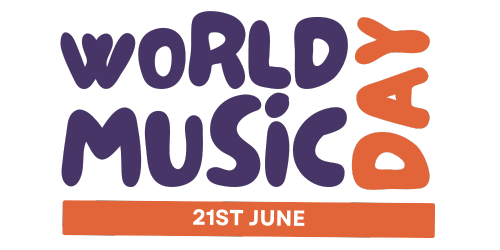Organising simple music performances in a primary/elementary school setting can be a rewarding experience for both students and teachers. It provides an opportunity for students to showcase their musical skills, build confidence, and experience the joy of performing in front of an audience. Here’s a guide to help primary/elementary teachers organize and conduct successful music performances, even without a formal background in music.
Planning the Performance
1. Set Clear Objectives: Determine the goals of the performance. Is it to celebrate a particular theme, showcase student learning, or simply provide performance experience? Having clear objectives will guide your planning process.
2. Choose Appropriate Music: Select music that is suitable for the students’ age and skill level. Consider incorporating a variety of genres to keep the performance engaging and educational.
3. Schedule Rehearsals: Plan regular rehearsals leading up to the performance. Use this time to teach the music, practice transitions between pieces, and address any performance anxiety students may feel.
Preparing the Students
4. Assign Roles: Depending on the performance, students can take on various roles, such as musicians, singers, conductors, or even announcers. Assign roles based on students’ interests and strengths to ensure everyone is involved.
5. Build Performance Skills: Teach students basic performance skills, such as how to bow, enter and exit the stage, and engage with the audience. Practice these skills during rehearsals to build students’ confidence.
6. Address Stage Fright: Discuss stage fright and share strategies to overcome it. Encourage students to support each other and emphasize the importance of doing their best rather than achieving perfection.
Engaging the Community
7. Involve Parents and Caregivers: Inform parents and caregivers about the upcoming performance. Encourage them to support their children’s practice at home and invite them to attend the performance.
8. Collaborate with Other Teachers: Work with other teachers to integrate the performance into broader school activities or themes. This collaboration can enhance the educational value of the event and foster a sense of community.
9. Publicize the Event: Use school newsletters, websites, and social media to promote the performance. Highlighting the hard work and talent of the students can generate excitement and encourage a larger audience to attend.
On the Day of the Performance
10. Final Rehearsal: Conduct a final rehearsal on the day of the performance to address any last-minute details and help students feel prepared.
11. Set Up the Venue: Ensure the performance space is ready, with all necessary equipment and seating arrangements in place. Consider decorations or thematic elements to enhance the atmosphere.
12. Support Your Students: Before the performance, remind students of how proud you are of their hard work. Provide encouragement and reassurance to help ease any nerves.
Reflecting on the Experience
13. Debrief with Students: After the performance, discuss the experience with your students. Celebrate successes, address challenges, and reflect on what was learned.
14. Share Feedback: Share positive feedback from parents, teachers, and other audience members with the students. Highlighting specific achievements can boost students’ confidence and motivation.
15. Plan for the Future: Consider what worked well and what could be improved for future performances. Involve students in this reflection process to empower them and foster a sense of ownership over their musical experiences.
Conclusion
Organizing simple music performances in a primary/elementary setting is an excellent way to enhance students’ educational experience through music. By carefully planning, preparing students, and engaging the community, teachers can create meaningful and enjoyable performances that celebrate student achievement and contribute to a vibrant school culture.
